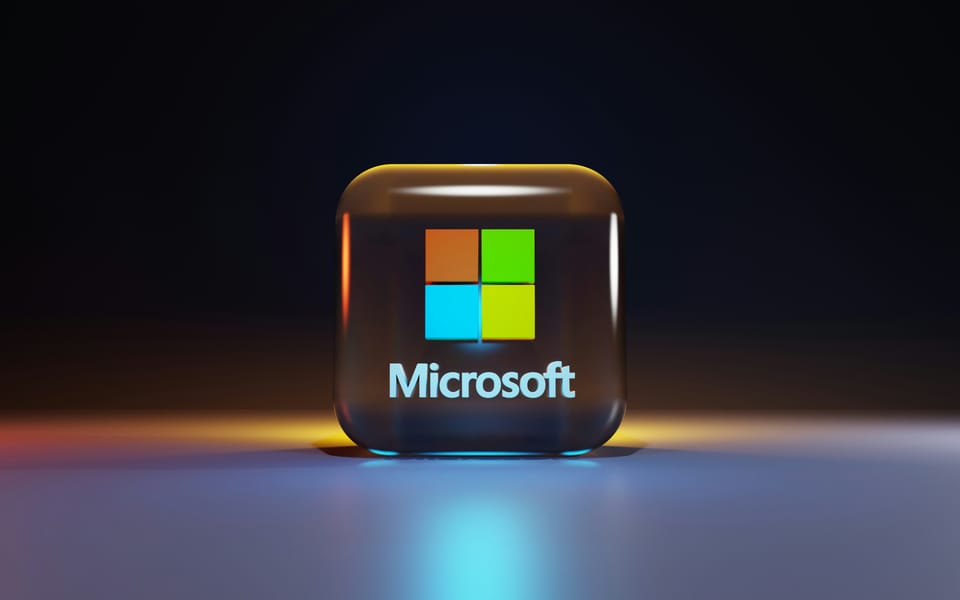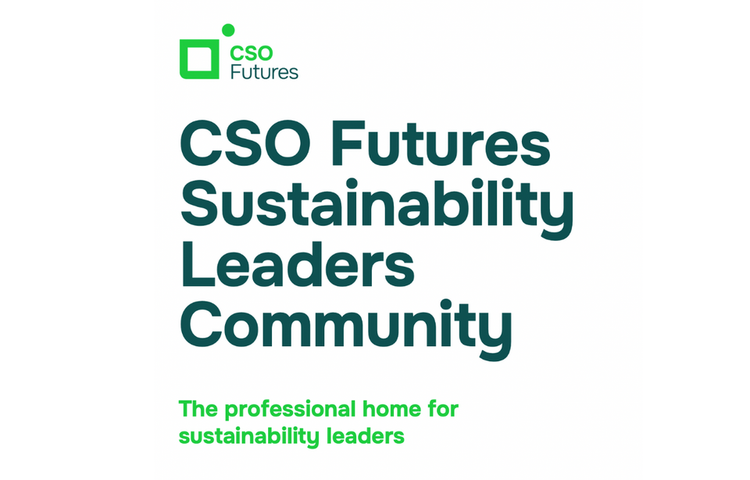Microsoft to buy 500,000 tonnes of carbon removals a year through extended agreement with Stockholm Exergi

Microsoft has extended its carbon removal agreement with Stockholm Exergi, and will now purchase 500,000 tonnes of bio-energy with carbon capture and storage (BECCS) credits per year – one of the world’s largest deals to date.
Microsoft signed a historic carbon capture deal with the Swedish carbon removal company last year for the purchase of 3.33 million tonnes of BECCs removal credits over 10 years. This has now been extended to 5.08 million tonnes, bringing the annual amount to be retired by Microsoft to 500,000 tonnes.
“The extension of our existing agreement with Microsoft is a huge vote of confidence in our BECCS project and Stockholm Exergi’s ability to deliver sustainable permanent removals. It is also a strong validation that climate frontrunners on the voluntary carbon market continue to stay focused on mitigating climate change and contribute to getting the removals industry off the ground,” commented Anders Egelrud, CEO of Stockholm Exergi.
What are BECCS removals?
The carbon credits generated by Stockholm Exergi as part of the deal will come from a large-scale carbon dioxide capture and storage facility in Stockholm. The carbon capture technology is attached to Stockholm Exergi’s biomass-based combined heat and power plant, capturing the biogenic CO2 that results from the power-generating process and storing it underground.
“Stockholm Exergi is executing against a bold vision to deploy new carbon removal technologies towards climate action. We are pleased to announce this expanded offtake, which in turn reflects our progress to meeting ambitious 2030 Carbon Negative goals,” said Brian Marrs, Senior Director, Energy & Carbon Removal.
Per the agreement with Microsoft, the Swedish firm will deliver carbon removal certificates following strict quality requirements, including criteria for sustainable sourcing of forest biomass developed together with Microsoft, as well as conservative quantification of net removals and comprehensive monitoring, reporting and verification (MRV).
Microsoft’s carbon removal strategy
Microsoft will use the credits to offset its own emissions and progress towards its goal of carbon negativity by 2030, when it plans to remove more carbon from the atmosphere than it generates.
Microsoft plans to reduce Scope 1 and 2 emissions to “near zero”, mainly through the direct and indirect purchase of renewable energy, and cut Scope 3 emissions by more than half by 2030, from a 2020 baseline.
But its emissions have been increasing every year since 2020 across all scopes, largely due to its AI strategy.
In 2022, the tech giant already contracted 1.4 million tonnes of carbon removals, and since then, it has signed a number of other contracts – most recently with a pulp and paper carbon removal project, as well as nature-based projects in Mexico.







Member discussion